Introduction
Cooking rice, a staple food for billions across the globe, is an art form that transcends cultural boundaries. From the fragrant basmati of India to the sticky glutinous rice of Asia, the preparation techniques vary widely. One method that stands out for its simplicity and ability to retain the natural flavors and nutrients of rice is steaming. Steaming rice using a steamer involves placing the rice in a container and allowing it to cook gently over boiling water, without direct contact with the heat source. This method ensures even cooking and a fluffy, moist texture that is beloved by many. However, mastering the art of steaming rice requires an understanding of several factors, with the timing being paramount. This article delves into the intricacies of using a steamer to cook rice, focusing specifically on the optimal timing for achieving perfect results.
The Importance of Timing in Steaming Rice

Timing is crucial when it comes to steaming rice. Unlike boiling or simmering, where you have more control over the cooking process through stirring and temperature adjustments, steaming relies heavily on the precision of time. Too little time can result in crunchy, undercooked grains, while too much can lead to overcooked, mushy rice. The perfect timing ensures that each grain of rice absorbs the right amount of moisture, swells to its full potential, and retains its shape and texture.
Understanding Rice Varieties
Before discussing the timing, it’s essential to understand the different types of rice and their unique cooking characteristics. Rice can broadly be classified into three categories: long-grain, medium-grain, and short-grain. Each variety has its optimal cooking time and method.
-
Long-Grain Rice: Known for its slender shape and separation when cooked, long-grain rice varieties like basmati and jasmine are ideal for dishes where individual grains are preferred. They cook relatively quickly and require less water than other types.
-
Medium-Grain Rice: This category includes Arborio rice, commonly used in risotto, and Calrose rice, popular in Asian cuisine. Medium-grain rice has a slightly sticky texture when cooked, making it perfect for creamy dishes and sushi.
-
Short-Grain Rice: Short-grain rice, such as Japanese mochi-gome and Korean jinju-gome, is highly sticky and is often used in desserts and sticky rice dishes. It takes longer to cook and requires careful monitoring to prevent overcooking.
Preparing the Rice
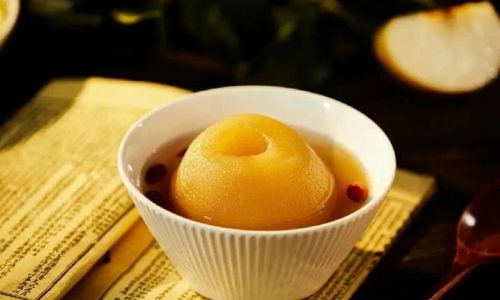
Before steaming, proper preparation of the rice is vital. This includes rinsing the rice to remove any surface starch, soaking (if necessary), and measuring the correct ratio of water to rice.
-
Rinsing: Rinsing rice under cold running water helps to remove excess starch, which can make the cooked rice sticky. It’s important not to soak long-grain rice for too long, as this can cause the grains to break apart during cooking.
-
Soaking: While soaking is not always necessary, it can缩短 cooking time and improve the texture of certain rice varieties, especially those used in desserts or sticky rice dishes. Soak the rice in cold water for about 30 minutes to an hour, depending on the variety.
-
Water to Rice Ratio: The ratio of water to rice varies depending on the type of rice. For long-grain rice, a general rule is 1.5 to 2 cups of water per cup of rice. Medium-grain and short-grain rice usually require more water, around 2 to 2.5 cups per cup of rice.
Setting Up the Steamer
Using a steamer to cook rice involves placing the rice in a heatproof container, such as a bamboo steamer basket or a stainless steel bowl with holes, and then setting it over boiling water in a larger pot. Here’s a step-by-step guide to setting up your steamer:
-
Fill the Pot: Fill a large pot with water to a level that will not touch the bottom of the rice container when placed on the steamer rack. Bring the water to a rolling boil.
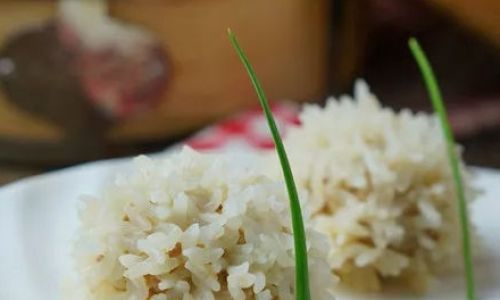
-
Prepare the Rice Container: Place the rinsed and drained rice in the heatproof container. Add the measured water, ensuring it does not exceed the recommended level for the rice variety you are using.
-
Position the Container: Carefully place the rice container on the steamer rack. Cover the pot with a tight-fitting lid to trap the steam inside.
-
Adjust the Heat: Once the steam starts to escape, reduce the heat to maintain a gentle simmer. This ensures that the rice cooks slowly and evenly.
Optimal Steaming Times
The optimal steaming time for rice varies depending on the type of rice and the desired texture. Here are some general guidelines:
-
Long-Grain Rice:
- Basmati and Jasmine Rice: Steam for about 15 to 20 minutes. The grains should be fluffy and separate easily.
- Brown Long-Grain Rice: Due to its higher fiber content, brown rice takes longer to cook. Steam for 35 to 40 minutes, or until tender.
-
Medium-Grain Rice:
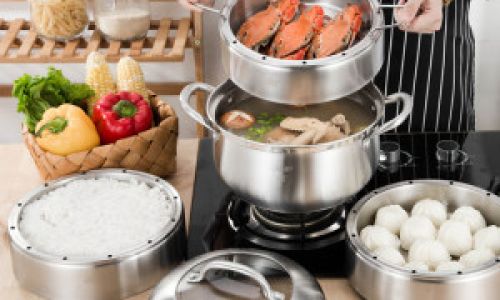
- Arborio Rice: Used primarily for risotto, Arborio rice is typically cooked on the stovetop with liquid, but if steaming, aim for 20 to 25 minutes for a creamy texture.
- Calrose Rice: Steam for about 20 minutes for tender, slightly sticky grains.
-
Short-Grain Rice:
- Japanese Mochi-Gome: Steam for 30 to 35 minutes for a sticky, glutinous texture.
- Korean Jinju-Gome: Similarly, steam for around 30 minutes. Short-grain rice should be very sticky and cohesive when cooked.
Checking for Doneness
Determining when the rice is cooked to perfection involves a combination of visual inspection and taste testing. Here are some tips:
-
Visual Inspection: Look for the grains to have swelled to their full size and appear translucent. The water should be mostly absorbed, leaving only a small amount of moisture if any.
-
Fluff Test: Carefully remove the steamer container from the pot and use a fork to fluff the rice. The grains should separate easily (for long-grain rice) or stick together (for medium and short-grain rice) without breaking.
-
Taste Test: Take a small grain of rice and taste it. It should be tender and cooked through, without any raw center.
Post-Steaming Care
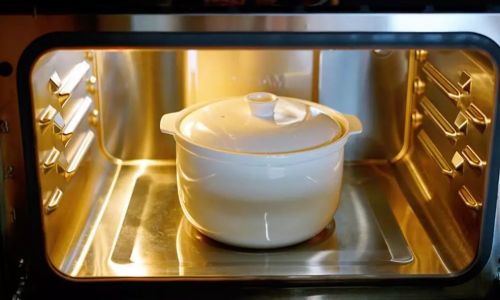
Once the rice is cooked, it’s important to handle it carefully to prevent it from becoming overly sticky or drying out.
-
Resting: Allow the rice to rest, covered, for about 5 to 10 minutes after steaming. This helps the grains to finish absorbing any remaining moisture and firm up slightly.
-
Fluffing: Use a fork to gently fluff the rice, especially if it’s long-grain, to separate the grains and prevent clumping.
-
Serving: Serve the rice immediately while it’s still hot, or store it in an airtight container in the refrigerator for later use. Reheat gently, adding a splash of water if necessary to prevent drying out.
Conclusion
Steaming rice is a simple yet precise cooking method that brings out the best in every grain. By understanding the unique characteristics of different rice varieties, preparing the rice correctly, setting up the steamer properly, and adhering to the optimal steaming times, you can achieve perfectly cooked rice that is a delight to the senses. Whether you’re making a traditional Japanese sushi roll, an indulgent Thai sticky rice dessert, or a hearty Indian biryani, mastering the art of steaming rice will elevate your culinary creations to new heights. Happy cooking!

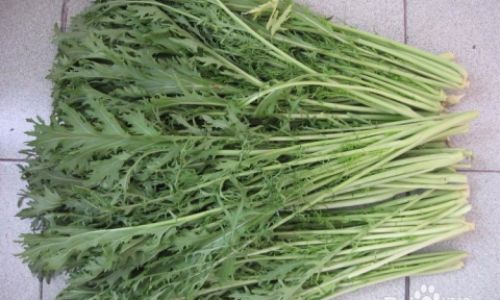
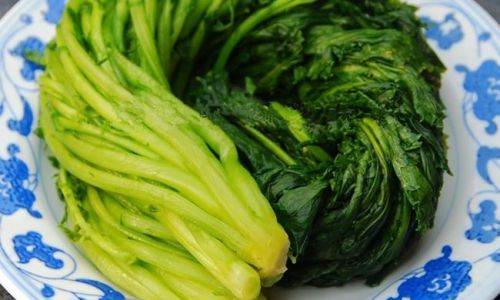



0 comments